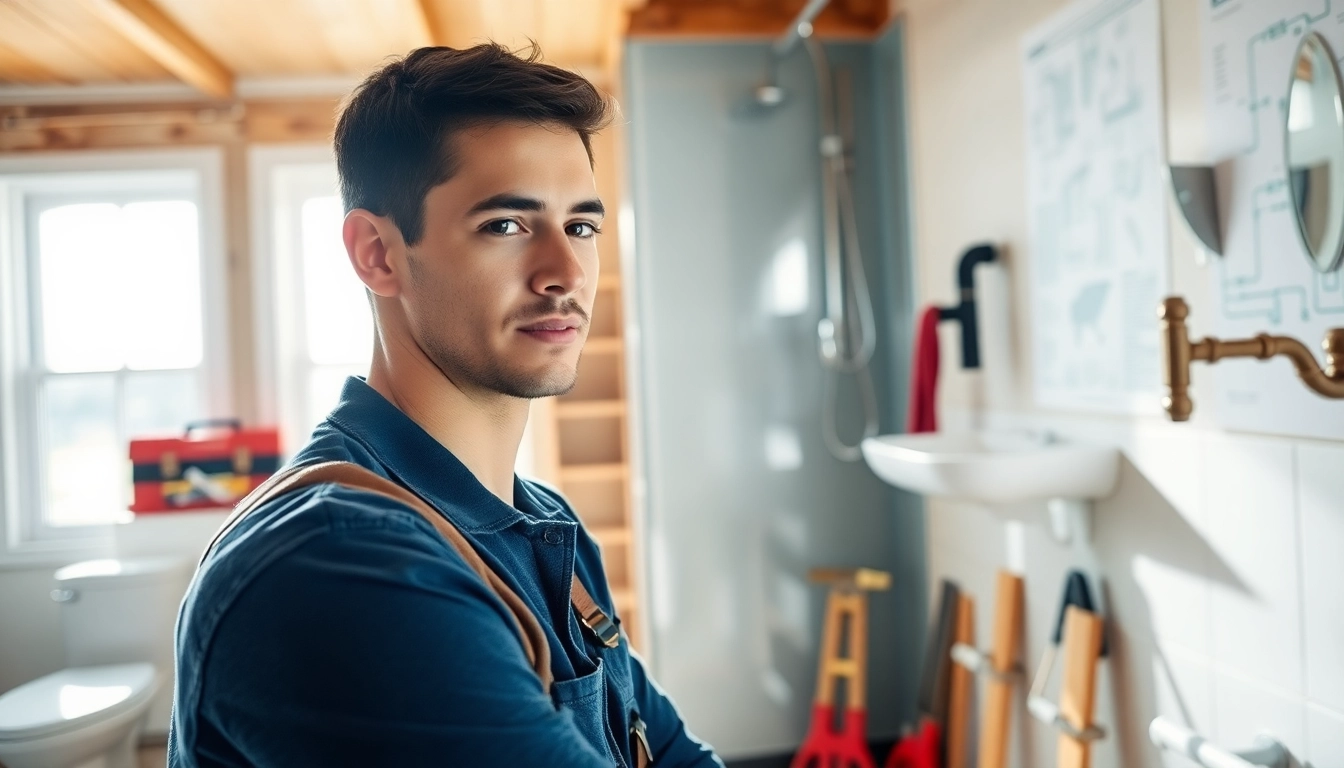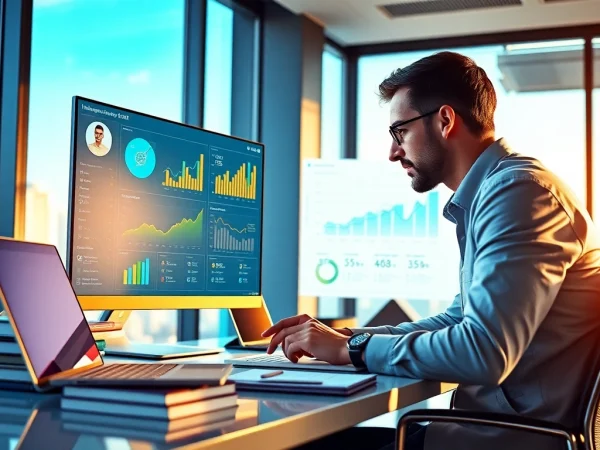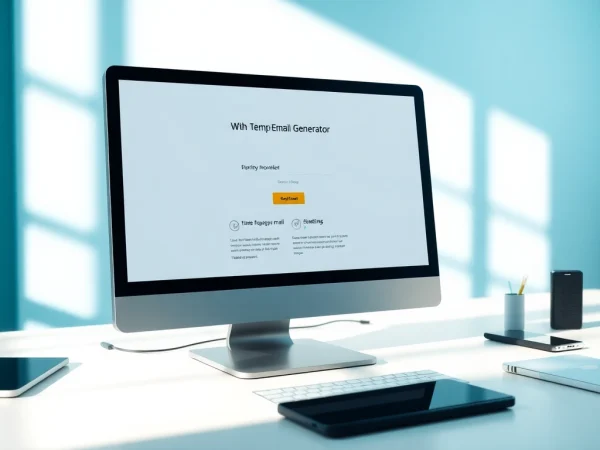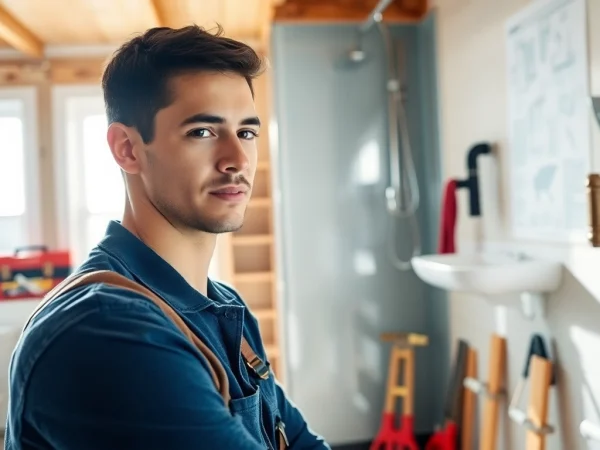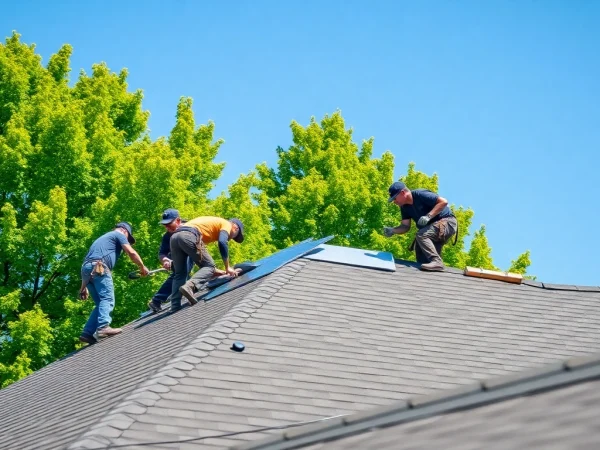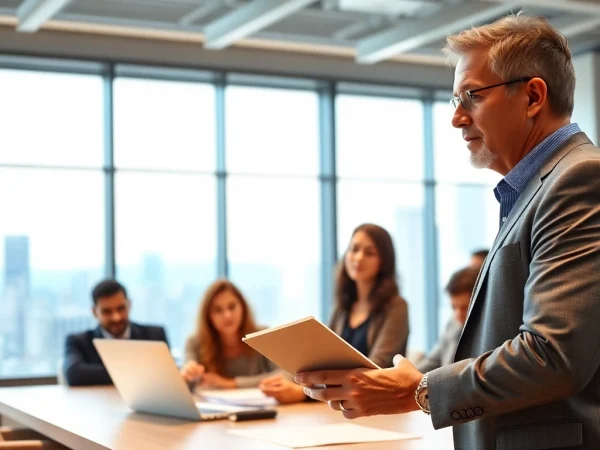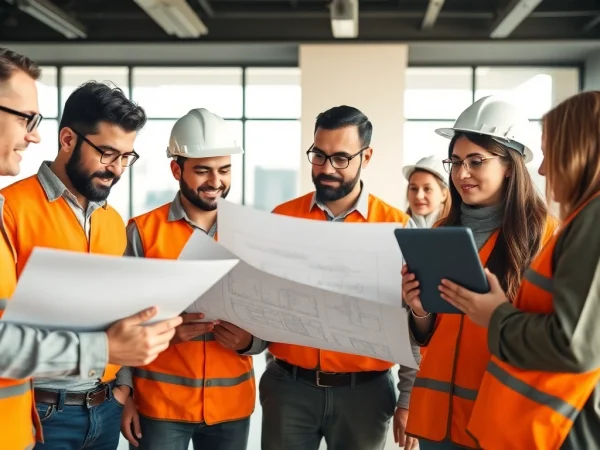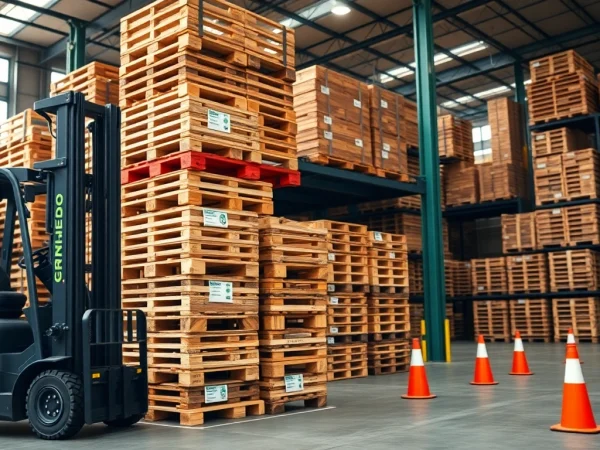Essential Techniques and Tools for Mastering Plumbing
Understanding the Basics of Plumbing
What is plumbing and why it matters
Plumbing is integral to maintaining modern life, enabling us to access clean water and appropriately dispose of wastewater. It encompasses various systems designed to convey fluids, ensuring the efficient operation of residential, commercial, and industrial facilities. Without effective plumbing solutions, the functionality of bathrooms, kitchens, and heating systems would be severely compromised. The importance of plumbing cannot be overstated; it plays a critical role in hygiene, health, and overall quality of life.
Key components of a plumbing system
A plumbing system comprises several critical components, each serving a distinct function:
- Pipes: These are the conduits through which water flows, made from various materials such as PVC, copper, or galvanized steel.
- Valves: Used to control the flow and pressure of water, valves can be manual or automatic.
- Fixtures: These include faucets, sinks, toilets, and showers that connect to the plumbing system, allowing for the use and disposal of water.
- Water heaters: Critical for delivering hot water for various applications, from bathing to cleaning.
- Drainage systems: Designed to remove wastewater from buildings, ensuring proper sanitation and preventing the buildup of harmful substances.
Common plumbing terms and definitions
Understanding plumbing terminology is vital for both professionals and DIY enthusiasts. Here are some common terms:
- Backflow: The unwanted reversal of the flow of water, potentially contaminating the clean water supply.
- Trap: A curved section of pipe that holds water, preventing sewer gases from entering the living space.
- Fixture Units: A measure of the probable demand for plumbing fixtures, guiding the design of plumbing systems.
- Drainage: The process of removing unwanted water from a structure or area.
- Pressure: The force exerted by the water in the plumbing system, essential for effective distribution.
Tools Every Plumber Should Have
Essential plumbing tools and their uses
The right tools are essential for tackling plumbing tasks effectively. Here are some must-have tools for every plumber:
- Pipe Wrench: Used to grip and turn pipes and fittings.
- Adjustable Wrench: Useful for tightening or loosening nuts and bolts of various sizes.
- Plunger: A simple yet effective tool for clearing clogs in drains and toilets.
- Pipe Cutter: Enables clean cuts in pipes for easier fitting and installation.
- Teflon Tape: Used to seal pipe threads and prevent leaks.
How to maintain your plumbing tools
Maintaining plumbing tools is essential for their longevity and effectiveness:
- Clean after use: Remove any debris, dirt, or water from tools to prevent rust.
- Store properly: Keep tools in a dry, organized space to avoid damage or loss.
- Inspect regularly: Check for signs of wear and tear, replacing tools as necessary to ensure optimal performance.
- Lubricate moving parts: Apply oil to tools with moving parts to prevent rust and ensure smooth operation.
Safety equipment for plumbing tasks
Safety should always come first when handling plumbing projects. Important gear includes:
- Safety goggles: To protect your eyes from debris and harmful substances.
- Gloves: Wear gloves to protect your hands from sharp tools and hazardous materials.
- Dust mask: Use a mask to avoid inhaling dust and fumes from plumbing materials.
- Steel-toe boots: Protect your feet from heavy tools and equipment.
Common Plumbing Problems and Solutions
Identifying leaks and their causes
Leaks can occur for various reasons, such as wear and tear, improper installation, or corrosion. Common signs of leaks include:
- Unusual water bills, indicating higher usage.
- Water stains on walls or ceilings, signaling rain from a hidden leak.
- Hangers and plumbing fixtures that feel unusually hot or cold, suggesting poor insulation or leaks in hot water pipes.
- Visible pooling water around appliances or fixtures.
Addressing leaks promptly is crucial, as they can lead to significant water damage and higher bills. Regular inspections are advisable to detect leaks early.
Clogged drains: Causes and resolutions
Clogs are one of the most common plumbing issues and can occur due to various reasons, including:
- Buildup of hair, soap scum, or food waste in sinks and showers.
- Tree roots invading sewer lines, blocking water flow.
- Improper disposal of materials like grease or paper products down toilets or drains.
To resolve clogs:
- Use a plunger to dislodge minor blockages.
- Employ a drain snake to remove tougher clogs deep within pipes.
- For severe clogs, consider using enzymatic drain cleaners, which can break down organic material without damaging pipes.
- Regularly maintain drains by running hot water and vinegar through them to help dislodge occasional buildup.
When to call a professional plumber
While many plumbing issues can be resolved independently, knowing when to call a professional is crucial:
- If the problem is complex or beyond personal expertise.
- When severe leaks or floods occur that require immediate attention.
- If multiple plumbing fixtures are malfunctioning simultaneously.
- When wanting to undertake a significant plumbing renovation, such as relocating pipes or installing new fixtures.
Hiring a licensed plumber can save time, reduce risk, and ensure the work is done to code and standards.
Best Practices for Plumbing Maintenance
Routine checks and preventative measures
Maintaining your plumbing system is essential for its longevity and effectiveness. Implementing a routine inspection schedule includes:
- Regularly checking for leaks and tightening any loose joints.
- Inspecting exposed pipes for corrosion and replacing them as necessary.
- Flushing toilets and clearing sink drains to ensure efficient disposal.
- Testing water pressure; a sustained spike or drop can indicate underlying issues.
Winter plumbing preparation tips
Preparing your plumbing for winter weather is crucial to prevent freezing pipes and heat loss. Essential tips include:
- Insulate pipes in unheated areas such as garages and basements.
- Open cabinet doors under sinks to help warm air circulate around plumbing.
- Let faucets drip during extremely cold weather to prevent freezing.
- Shut off and drain outdoor faucets and hoses to protect against frost.
Eco-friendly plumbing solutions
Seeking eco-friendly plumbing solutions not only benefits the environment but can also lower your water bill. Consider:
- Installing low-flow fixtures to reduce water consumption.
- Using greywater systems to recycle water from showers and sinks for irrigation.
- Opting for tankless water heaters that heat water on demand, reducing energy waste.
- Employing environmentally safe drain cleaners that do not harm ecosystems.
Advanced Plumbing Techniques for Professionals
Upgrading your plumbing system
Upgrading plumbing systems can significantly enhance water efficiency and functionality. Key areas to consider include:
- Replacing traditional piping with modern alternatives such as PEX, which is flexible and resistant to extreme temperatures.
- Implementing smart water management systems that monitor usage and detect leaks in real time.
- Installing high-efficiency toilets and appliances that comply with modern plumbing codes.
Innovative materials and their benefits
Emerging plumbing materials offer enhanced durability and performance:
- Cross-linked polyethylene (PEX) provides resistance to scale buildup and corrosion.
- Copper remains a popular choice for its antimicrobial properties and long lifespan.
- ABS plastic is favored for its lightweight properties and ease of installation.
Designing a sustainable plumbing layout
Designing a plumbing layout with sustainability in mind involves:
- Incorporating energy-efficient systems to reduce resource consumption.
- Planning plumbing routes to minimize pipe lengths, which can improve water pressure and reduce heat loss.
- Using water-efficient fixtures to lower overall water usage while maintaining functionality.
